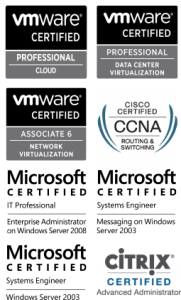Scenario
You’ve installed and configured Remote Desktop Services (RDS) on a 2008 R2 server, and configured several RemoteApp Programs to display via RD Web Access.
Despite adding your user account to the Remote Desktop Users local group, and your computer account to the TS Web Access Computers local group, the RemoteApp icons do not display when logged into RD Web Access (https://hostname/RDWeb). However, the icons appear fine when logging in as Administrator.
Here’s how I fixed it:



